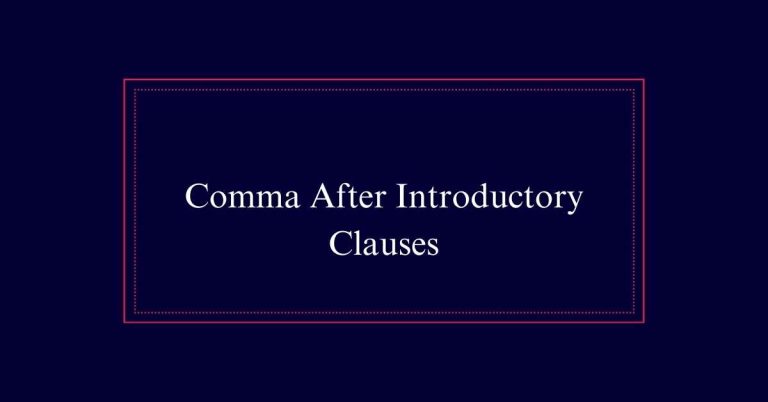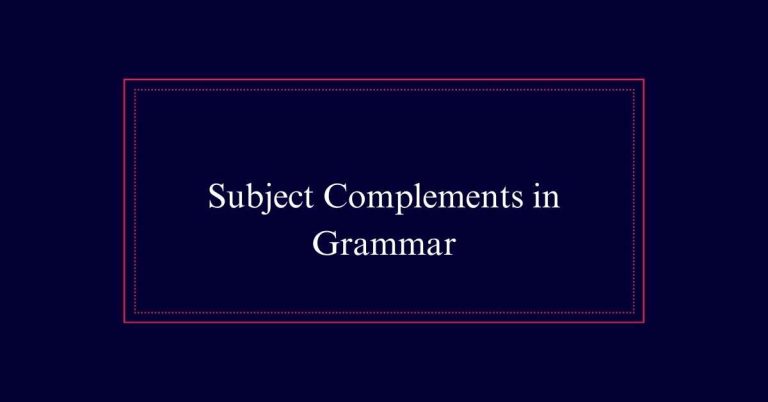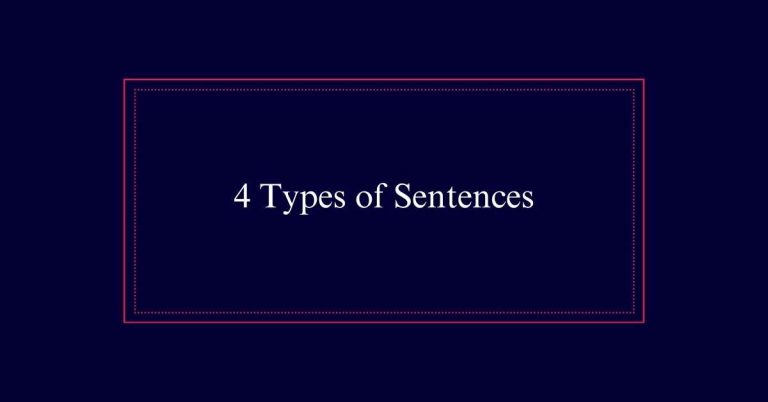What Do Adjectives Modify?
Adjectives modify nouns to provide clarity, precision, and vividness. They enhance meaning by answering questions like ‘What kind?’, ‘Which one?’, or ‘How many?’. Descriptive adjectives specify attributes such as color, size, and texture, painting a detailed picture.
Limiting adjectives quantify or specify the noun, offering exact numbers or distinctions. Typically, adjectives precede the nouns they modify but can follow linking verbs. Examples include ‘old’ in ‘The old clock’ or ‘five’ in ‘The five ladies.’
Adjectives and Nouns
Adjectives are essential in modifying nouns, providing specific details about their appearance, quantity, or identity. They serve to enhance the meaning of nouns by adding clarity and precision.
For instance, in the sentence ‘The old clock hung upon the wall,’ the adjective ‘old’ specifies the age of the clock. Adjectives typically precede the nouns they modify, though they can follow linking verbs, such as in ‘Cynthia is fatigued.’
Limiting adjectives, like ‘five’ in ‘The five ladies go to Las Vegas every year,’ restrict the noun by indicating quantity or specificity. Therefore, adjectives play an important role in enriching language, allowing for more vivid and accurate descriptions.
Descriptive Adjectives
Descriptive adjectives provide detailed information about the characteristics and qualities of nouns, enhancing the clarity and vividness of the language. They answer the question ‘What kind is it?’ by specifying attributes such as color, size, shape, and texture.
For example, in the phrase ‘a white horse,’ the adjective ‘white’ describes the horse’s color. Similarly, ‘lush, green grass’ uses ‘lush’ and ‘green’ to depict the grass’s appearance vividly. These adjectives enrich the narrative by painting a more complete picture in the reader’s mind.
Limiting Adjectives
While descriptive adjectives enrich narratives with vivid details, limiting adjectives serve to quantify or specify nouns, answering questions like ‘How many?’ or ‘Which one?’
Limiting adjectives include words such as ‘five,’ ‘every,’ ‘those,’ ‘that,’ ‘best,’ and ‘her.’
For example, in the sentence, ‘The five ladies go to Las Vegas every year,’ the adjective ‘five’ quantifies the noun ‘ladies.’ Similarly, ‘those’ in ‘Those flowers must go on that table’ specifies which flowers are being referred to.
Additionally, definite and indefinite articles like ‘the’ and ‘a’ function as limiting adjectives, providing specificity or generality to the nouns they modify.

Placement of Adjectives
The position of adjectives in a sentence greatly impacts the clarity and flow of the text. Typically, adjectives precede the nouns they modify, as in ‘a beautiful garden.’ This placement guarantees immediate context and understanding.
However, when used with linking verbs, adjectives follow the nouns they modify, such as in ‘the garden is beautiful.’ This structure emphasizes the state or condition of the noun.
Additionally, adjectives can be stacked for more detailed descriptions, e.g., ‘a large, red, wooden door.’ Correct placement of adjectives enhances readability and precision in writing.
Examples of Adjectives
Illustrative examples of adjectives can greatly enhance our understanding of their modifying roles in sentences.
Consider the sentence, ‘The old clock hung upon the wall.’ Here, ‘old’ describes the clock, giving us an idea of its age.
In ‘A white horse galloped across the lush, green grass,’ adjectives like ‘white,’ ‘lush,’ and ‘green’ provide vivid details about the horse and the grass.
Similarly, ‘Have you met our three handsome boys?’ uses ‘three’ and ‘handsome’ to specify quantity and appearance.
Limiting adjectives such as ‘five’ in ‘The five ladies go to Las Vegas every year’ quantify the noun.
Articles as Adjectives
Articles, both definite and indefinite, function as limiting adjectives by specifying the noun they modify. The definite article ‘the’ points to a specific item, whereas the indefinite articles ‘a’ and ‘an’ refer to any member of a group. These articles are essential in providing clarity and context within sentences.
- ‘The cat’: Specifies one particular cat.
- ‘A cat’: Refers to any cat, not a specific one.
- ‘An apple’: Refers to any apple, chosen from a group.
Adjectives With Nouns
Pairing adjectives with nouns enhances the clarity and richness of language by providing specific details and context. Adjectives serve to describe the appearance, quantity, or specific identity of a noun, making the information more vivid and precise. They typically precede the nouns they modify, answering questions like ‘What kind is it?’ or ‘How many are there?’
Here are some examples to illustrate:
| Adjective | Noun | Example Sentence |
|---|---|---|
| old | clock | The old clock hung upon the wall. |
| white | horse | A white horse galloped across the field. |
| three | boys | Have you met our three handsome boys? |
Predicate Adjectives
Predicate adjectives, unlike their attributive counterparts, follow the nouns they modify and are linked to them through verbs that describe a state of being. These adjectives appear in the predicate part of the sentence and provide essential information about the subject.
For example, in the sentence ‘The sky is blue,’ the adjective ‘blue’ modifies the noun ‘sky’ via the linking verb ‘is.’
Key points to remember:
- They follow the noun: Predicate adjectives come after the nouns they describe.
- Linking verbs: Common linking verbs include forms of ‘to be’ and sensory verbs like appear, seem, and look.
- Modify the subject: They provide descriptive details about the subject of the sentence.
Linking Verbs and Adjectives
Understanding the role of linking verbs is fundamental to grasping how adjectives function within a sentence. Linking verbs serve to connect the subject with a predicate adjective that describes or identifies it.
Unlike action verbs, linking verbs do not depict an action but rather a state of being. Common linking verbs include forms of ‘to be’ (am, is, are, was, were) and sensory verbs like appear, seem, look, smell, sound, and taste.
For instance, in the sentence ‘The flowers smell fragrant,’ the adjective ‘fragrant’ modifies the noun ‘flowers’ through the linking verb ‘smell.’ Linking verbs play a key role in allowing adjectives to effectively convey specific qualities or states related to the noun subject.
Frequently Asked Questions
Can Adjectives Be Used to Form Idiomatic Expressions?
Yes, adjectives can form idiomatic expressions. Examples include “green with envy” and “high and dry.” Such expressions convey meanings beyond the literal definitions of the words, adding richness and nuance to the language.
How Do Adjectives Function in Poetry Versus Prose?
Adjectives in poetry often evoke vivid imagery and emotional depth, enhancing the reader’s sensory experience. In prose, adjectives typically provide clear, detailed descriptions to support narrative clarity and character development.






